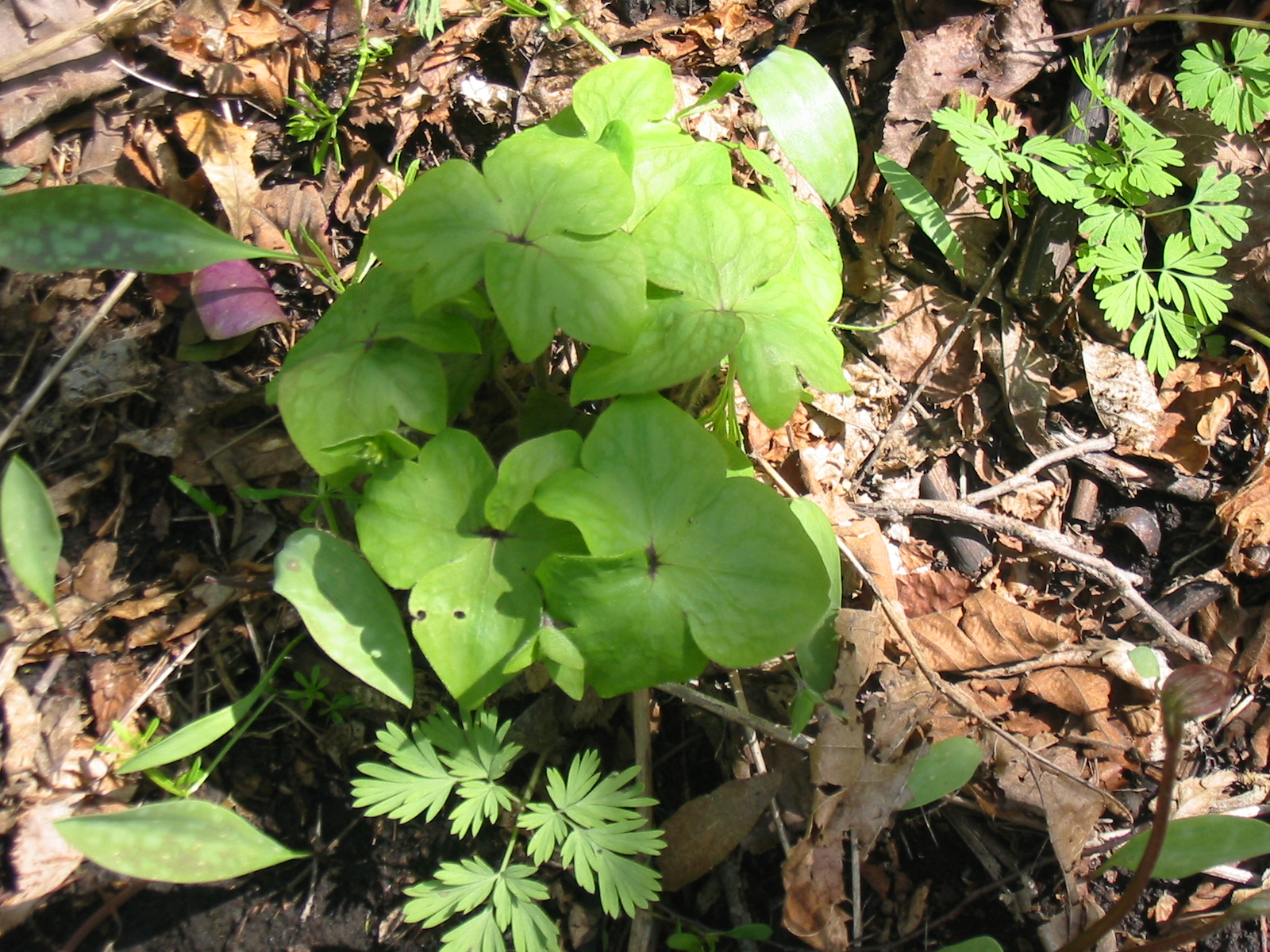Exactly what is the most excellent 100 percent free vegetation recognition application
Hence, distinct protocols are expected relying on the accession being reworked.
Moreover, effectively released transgenes in plants regenerated in vitro are frequently not inherited by means of subsequent generations of self- or cross-pollination. It is hypothesized the transgenes are promptly lost through transposition. Additional than 81% of the Capsicum genome consists of transposons, which is superior as opposed to intently connected tomato (fifty%) and potato (47%) (Qin et al. , 2014). Strategies. Despite decades of study to greater recognize the Capsicum – P . capsici pathosystem, P .
capsici is nevertheless a important restricting variable for pepper production. Some of the techniques formulated in other pathosystems with efficacy in restricting losses associated with infection and ailment are not simple for P . capsici .
- 5 Suggestions For When You Wish Serve Picking out A Herb
- 5 Strategies For When You Need Serve Choosing A Place
- Does one moniker your garden plants?
- What grow do you find it identification main?
- Just how do you recognize wisteria simply leaves?
- Can One obtain a graphic and Search engines it?
Herb Identification Materials
There is a need to detect methods that can be adopted to greater breed for resistance to P . capsici in chile pepper. Screening Methodology. Breeding for resistance to P . capsici is heavily dependent on the precision and precision of the condition screening approach used (Chavez and Kabelka, 2009).
What exactly is shrub very easy explanation?
Numerous condition screens have been created for P . capsici . For foliar blight screening, employing 1,000 zoospores per plant (Alcantara and Bosland, 1994) and two,000 zoospores for each plant employing soaked germination paper (Monroy-Barbosa and Bosland, 2010) have been proposed.
Also, a foliar spray applying inoculum has been used. For root-rot screening, ten,000 zoospores for every plant (Bosland and Lindsey, 1991) and a hundred,000 zoospores for every plant (Black, 1999) have been utilized.

In addition, a dose of 5,000 zoospores per plant has been employed for screening fruit-rot/blight resistance (Biles et al. , 1995). Inoculum focus and plant age enjoy a important position in the amount of resistance exhibited in the host (da Costa Ribeiro and Bosland, 2012 Barchenger, 2017 Mansfeld et al. , 2017). In get to successfully breed for resistance and properly identify races of P . capsici , standardized screening protocols must be formulated and followed by researchers worldwide. Race Nomenclature. As described over, numerous experiments identified physiological races of P . capsici (Black, 1999 Oelke et al. , 2003 Glosier et al. , 2008 Monroy-Barbosa and Bosland, 2008, 2010, 2011 Sy et al. , 2008 Lee et al. , 2010 da Costa Ribeiro and Bosland, 2012 Jiang et al. , 2015).
Sadly, there is a deficiency of consistency that can restrict over-all development amid breeders. Some studies use a numerical or alphabetical nomenclature program with the initially race selected Race 1 or A (Glosier et al. , 2008 Lee et al. , 2010). Other studies number races based on virulence with Race one currently being possibly the most virulent (Sy et al. , 2008) or the minimum virulent (Black, 1999). In spite of the inconsistencies in how the races are identified, the most crucial limitation is they do not offer a naming plan that enables for more or less virulent races to be described (Barchenger et al. , 2017, 2018). Also, there are overlapping names for genetically divergent races. Over the a long time several distinctive races for the distinct disease syndromes of P .
capsici have been identified around the planet, and the techniques made use of to designate the various races have no genuine organic indicating. For that reason, the term race is now being supplemented by a new expression, virulence phenotype (Barchenger et al.
